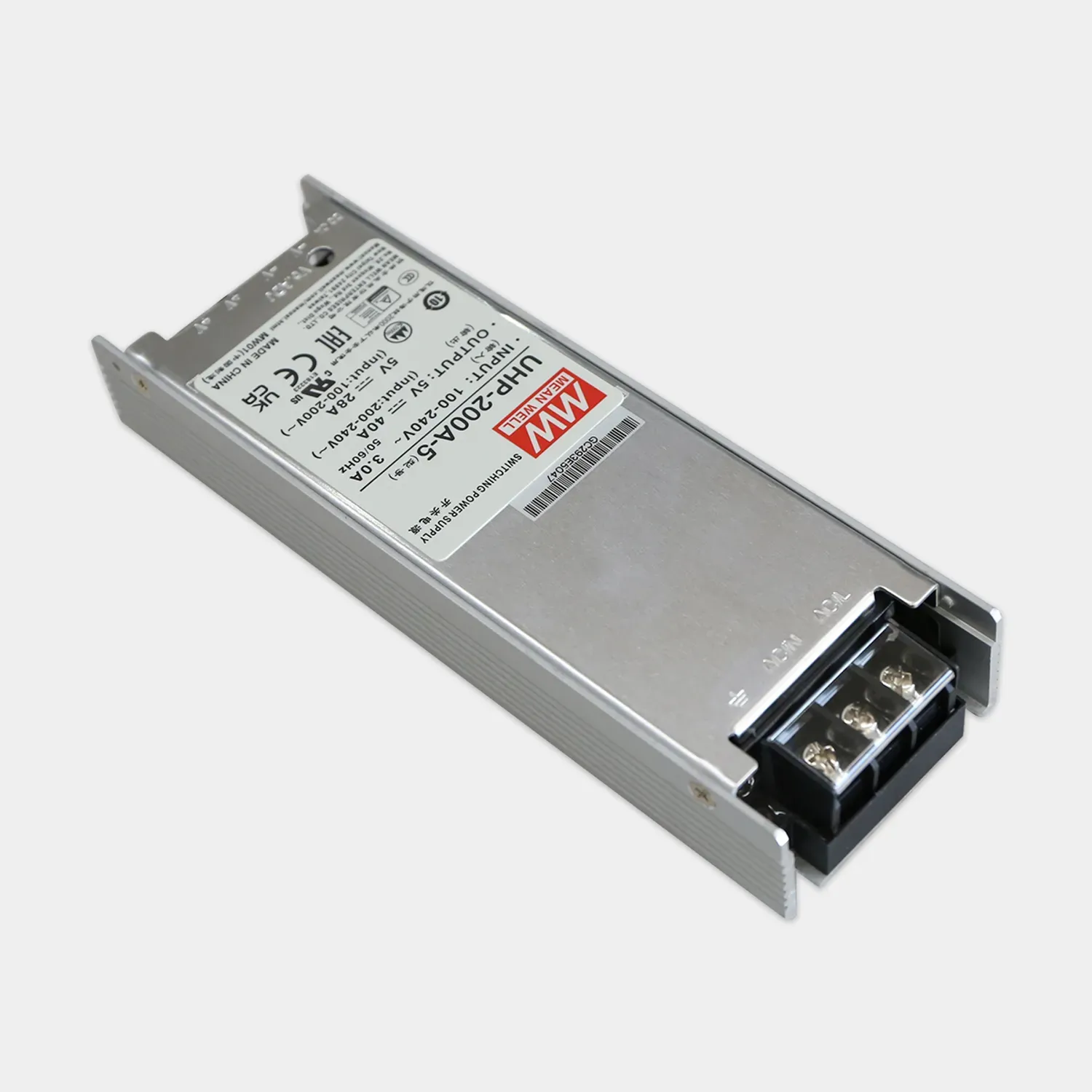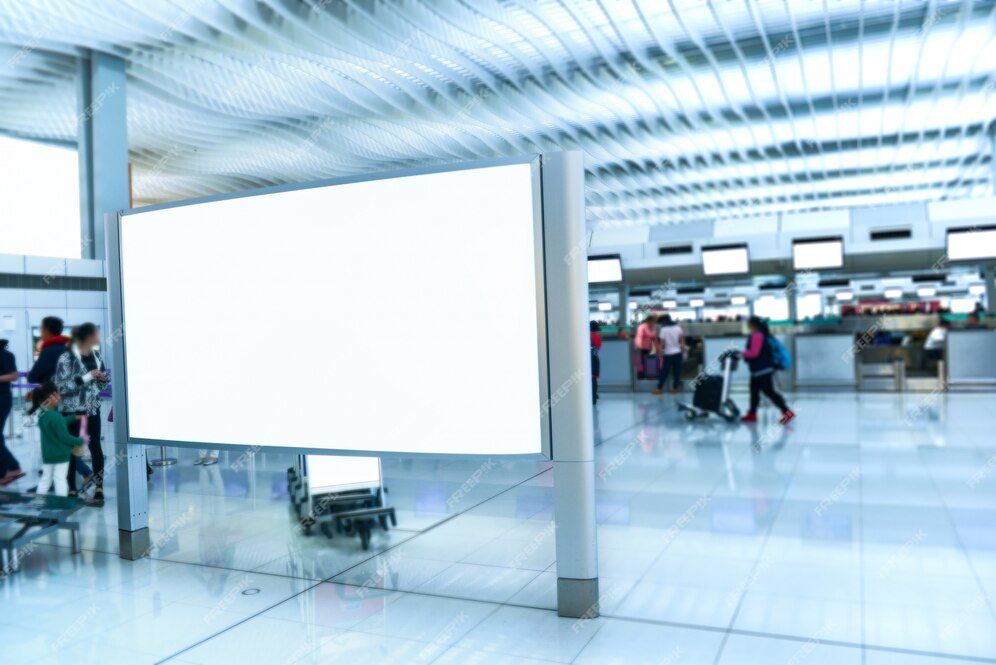
Get a Quote
What is the Structure of the LED Screen?
LED screens are a marvel of modern technology, revolutionizing the way we display images and information across various platforms. From massive outdoor billboards to sleek indoor panels, the structure of an LED screen plays a crucial role in its performance and application. In this blog, we will delve into the intricate structure of LED screens, exploring the components that make up these versatile displays and understanding how they work together to create stunning visuals.
Understanding LED Screens
Before diving into the structure, it's essential to understand what an LED screen is. LED stands for Light Emitting Diode, a semiconductor device that emits light when an electric current passes through it. LED screens, or LED displays, consist of an array of these tiny LEDs, which come together to form a cohesive display capable of showing images, videos, and animations with high brightness and clarity.
The Basic Structure of an LED Screen
An LED screen is composed of several key components, each playing a vital role in its operation. Here’s a breakdown of the main elements:
LED Modules
At the heart of every LED screen are the LED modules. These modules consist of a cluster of LEDs mounted on a printed circuit board (PCB). Each LED module acts as a building block of the screen, and multiple modules are connected to form larger displays. LED modules are designed to emit red, green, and blue light, which combine to produce a full spectrum of colors.
LED Chips
The LED chips within each module are the actual light sources. These chips are tiny semiconductor devices that emit light when an electric current flows through them. The quality and type of LED chips used can significantly impact the brightness, color accuracy, and energy efficiency of the screen.
PCBs (Printed Circuit Boards)
The PCBs provide the structural foundation for the LED modules. They house the LED chips and connect them to the power and control circuitry. High-quality PCBs are crucial for ensuring the durability and performance of the LED screen, as they must efficiently manage heat dissipation and electrical connections.
Driving Circuitry
The driving circuitry controls the flow of electrical current to the LED chips. This circuitry ensures that the LEDs receive the correct amount of power to produce the desired brightness and color. Advanced driving circuits also help in achieving higher refresh rates and reducing power consumption.
Control System
The control system is the brain of the LED screen. It processes the input signals and controls how the LEDs are lit to display the intended image or video. Modern LED screens use sophisticated control systems that allow for precise control over each individual LED, enabling high-resolution displays and dynamic content.
Power Supply
LED screens require a stable and reliable power supply to operate. The power supply units (PSUs) convert the input electrical power into the specific voltages and currents needed by the LED modules and driving circuitry. Efficient power supplies are essential for maintaining the performance and longevity of the screen.
Cabinet
The cabinet houses all the components of the LED screen, providing structural support and protection from external elements. Cabinets are designed to be modular, allowing for easy assembly and maintenance. They are often made from lightweight, durable materials like aluminum or plastic to facilitate transportation and installation.
Cooling System
LED screens generate heat during operation, which needs to be managed to prevent damage and maintain performance. Cooling systems, such as fans or heat sinks, are integrated into the cabinets to dissipate heat efficiently. Effective cooling is crucial for ensuring the longevity and reliability of the LED display.
Advanced Features in Modern LED Screens
Modern LED screens incorporate several advanced features that enhance their performance and versatility:
High Refresh Rate
A high refresh rate ensures that the images and videos displayed on the screen are smooth and flicker-free. This is particularly important for applications like live broadcasts, sports events, and gaming, where smooth motion is critical.
HDR (High Dynamic Range)
HDR technology allows LED screens to display a wider range of colors and brightness levels, resulting in more realistic and vibrant images. HDR enhances the viewing experience by providing greater contrast and detail.
Smart Control Systems
Smart control systems enable advanced functionalities like remote management, real-time monitoring, and dynamic content adjustment. These systems allow users to control and update the display content from anywhere, providing flexibility and convenience.
Energy Efficiency
Energy-efficient designs are a priority in modern LED screens. Advanced power management and energy-saving technologies help reduce power consumption, making LED screens more environmentally friendly and cost-effective to operate.
Applications of LED Screens
The versatile structure of LED screens allows them to be used in a wide range of applications:
Outdoor Advertising
Outdoor LED screens are commonly used for billboards, digital signage, and large-scale advertising displays. Their high brightness and weather-resistant design make them ideal for capturing attention in outdoor environments.
Indoor Displays
Indoor LED screens are used in shopping malls, airports, corporate offices, and entertainment venues. They provide high-resolution, vibrant displays for advertising, information dissemination, and entertainment purposes.
Sports Arenas and Stadiums
LED screens are an integral part of sports arenas and stadiums, providing live video feeds, replays, and dynamic advertisements. Their large size and high brightness ensure visibility from any seat in the venue.
Events and Exhibitions
LED screens are widely used in events and exhibitions for stage backdrops, digital signage, and interactive displays. Their modular design allows for creative configurations and seamless integration into event setups.
Conclusion
The structure of an LED screen is a complex yet fascinating assembly of components working together to deliver stunning visual experiences. From the tiny LED chips to the sophisticated control systems, each element plays a crucial role in the performance and versatility of the LED display.
At EACHINLED, we specialize in providing cutting-edge LED screen solutions tailored to meet the diverse needs of our clients. Our extensive range of high-quality products ensures optimal performance and reliability for any application, whether you're looking for high-resolution indoor displays or robust outdoor screens. Our commitment to innovation and customer satisfaction makes us a trusted leader in the LED display industry. Explore our offerings and discover how EACHINLED can illuminate your world with vibrant, dynamic visuals.


